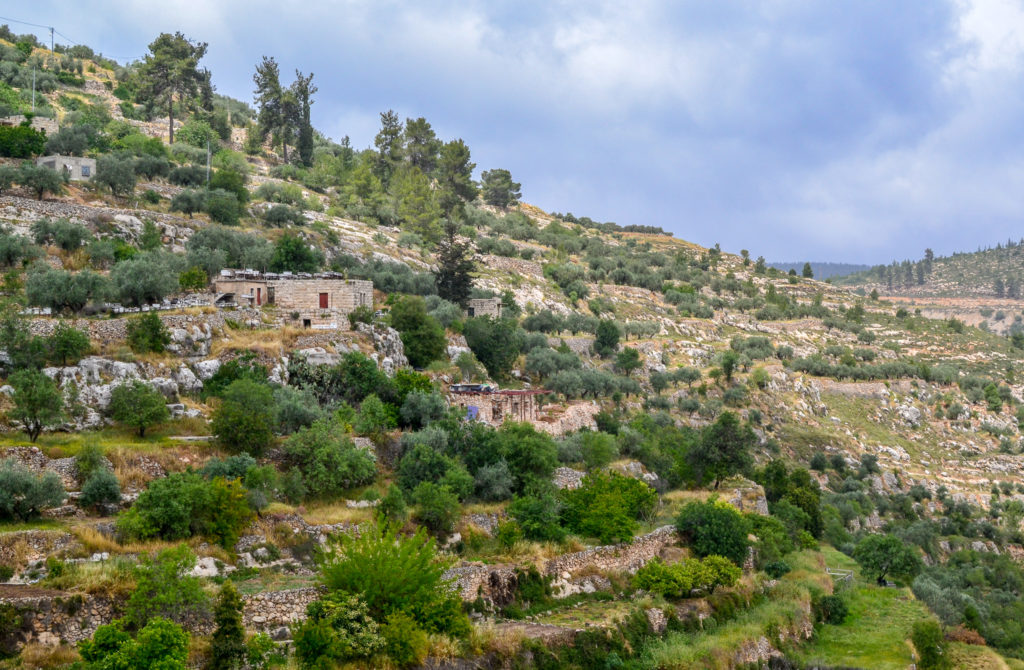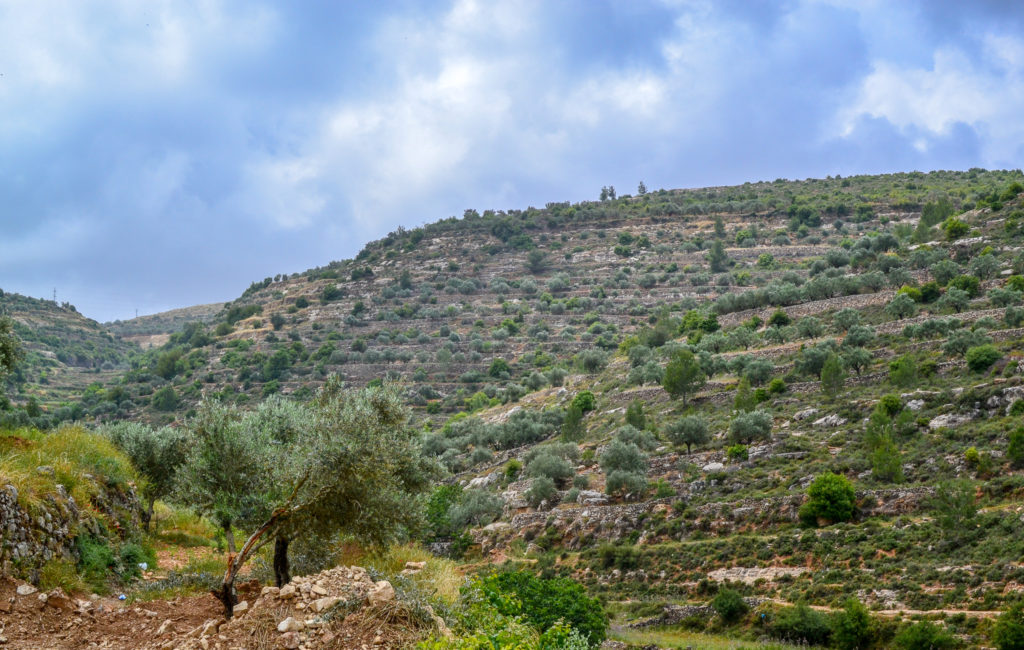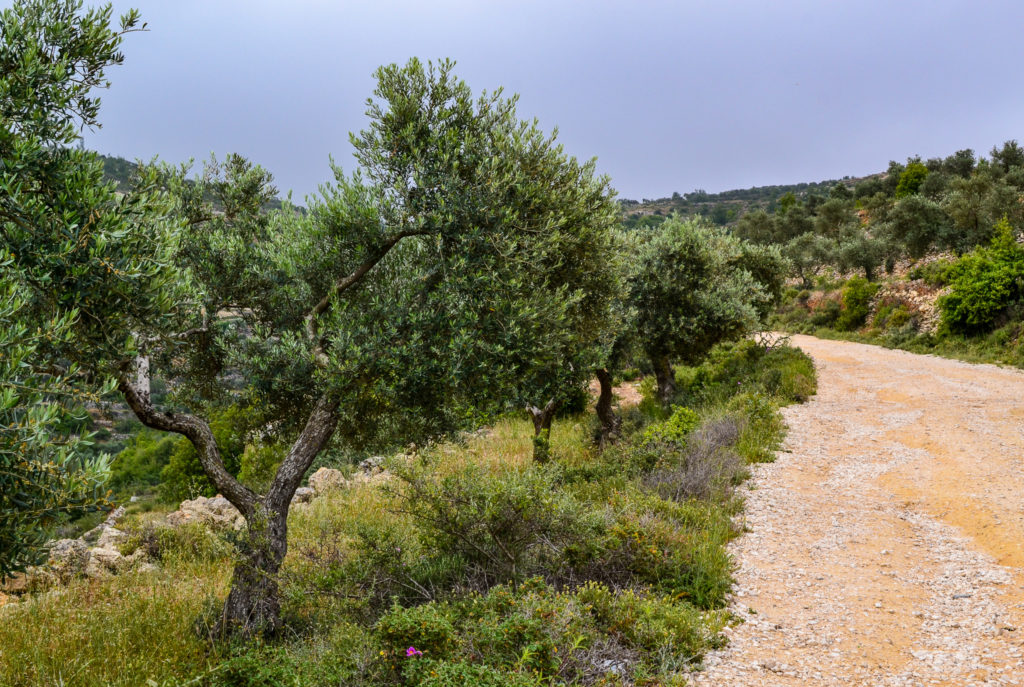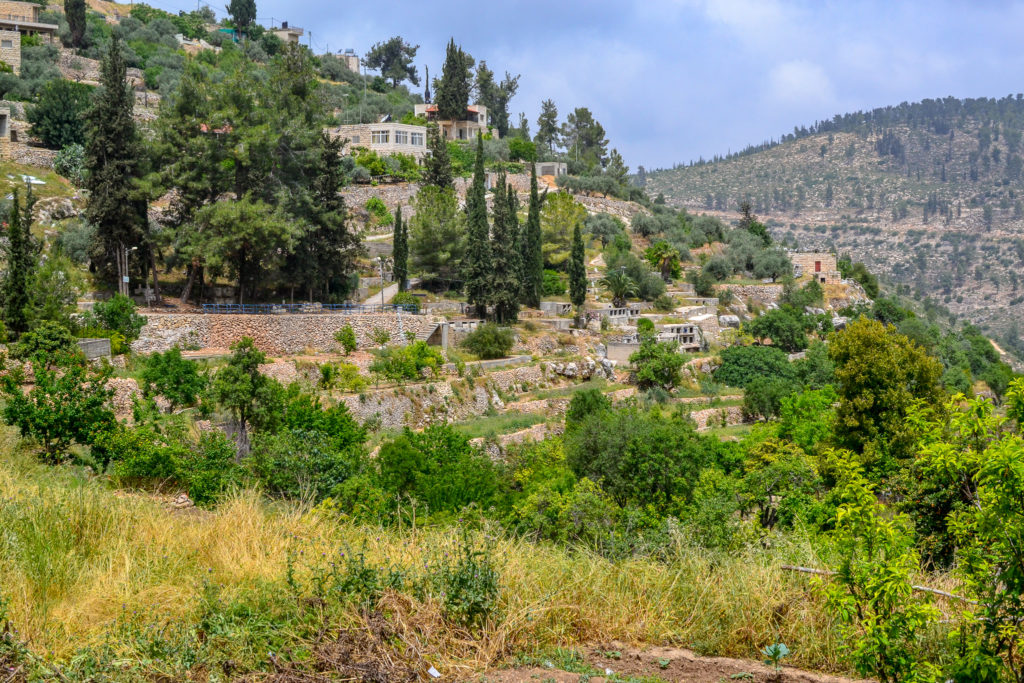
Battir

Battir, Palestine
Located in the central highlands of the West Bank, Palestine: Land of Olives and Vines – Cultural Landscape of Southern Jerusalem, Battir is a UNESCO World Heritage Site that preserves an ancient irrigation system and stone terraces. These terraces, which were built by the ancestors of the people of Battir, are used for farming and agricultural purposes. Inscribed in 2014 for its outstanding cultural value, the Palestinian village of Battir was also placed on the List of World Heritage in Danger in the same year.
The entirety of this World Heritage Site is comprised of 348.83 hectares. However, the buffer zone which surrounds the property is 623.88 hectares.

The Official World Heritage Inscription from UNESCO
State Party: 🇵🇸 Palestine
Date Inscribed: 2014
Criteria: Cultural

The village of Battir is located 6.4 km northwest of Bethlehem, which is home to another UNESCO World Heritage Site — Birthplace of Jesus: Church of the Nativity and the Pilgrimage Route, Bethlehem.
Click here for the complete list of the UNESCO World Heritage Sites in Palestine.
Table of Contents
Features of Palestine: Land of Olives and Vines – Cultural Landscape of Southern Jerusalem, Battir

The Palestinian village of Battir is most well-known for its series of man-made stone terraces, which are utilized in a unique irrigation system. This system, which if from the Roman-era, is fed from seven different springs that have brought fresh water to Battir and the surrounding area for 2,000 years. These fresh-water springs feed the irrigation channels, which are then in turn used to distribute the collected water amongst the local families in the village of Battir. According to the belief of archaeological experts, this system of irrigation has been around since antiquity.

The ancient stone terraces are utilized in two key ways for farming and agriculture. The first, is that some of the terraces are irrigated for market garden production. The second way, is that some of the terraces are intentionally kept dry and then planted with olive trees and grapevines. Hence, this is where the official name of the World Heritage property — Palestine: Land of Olives and Vines – Cultural Landscape of Southern Jerusalem, Battir — comes from.
The terraces and its crops are worked by the people of Battir on a rotating schedule. The strategic location of the village and its terraces, along with the integrity and diligence of its people, have equally contributed to the success of Battir throughout its history.
Visiting Palestine: Land of Olives and Vines – Cultural Landscape of Southern Jerusalem, Battir

The majority of people outside of Palestine or the Middle East have probably never even heard of Battir. However, Battir is a fascinating place to visit and is an easy day-trip from the city of Bethlehem. Although the village of Battir itself isn’t completely equipped for tourists, the terraces (which are the main attraction of the UNESCO World Heritage Site) are easily accessible from the center of town.

While organized tours that include Battir in their itineraries can be fairly difficult to find, most local guides based in Bethlehem will be more than happy to bring you to the village, or they can at least arrange for a taxi to bring you to Battir. Spend the day hiking and exploring the ancient stone terraces, which extend out into the beautiful countryside. Caves are also abundant in this part of the world, so adding this natural feature on to your trip can make it all the more interesting and exciting.
Battir is an excellent way for travelers to see the everyday workings of a small, traditional Palestinian village and to experience the culture and history of its warm and friendly people.

NOTE: All photography presented in this article was taken by, and is the property of, my lovely fiancée, Danielle Hendrickson.
- View the Complete List of UNESCO World Heritage Sites in Palestine
- View the Complete List of UNESCO World Heritage Sites I’ve Visited




